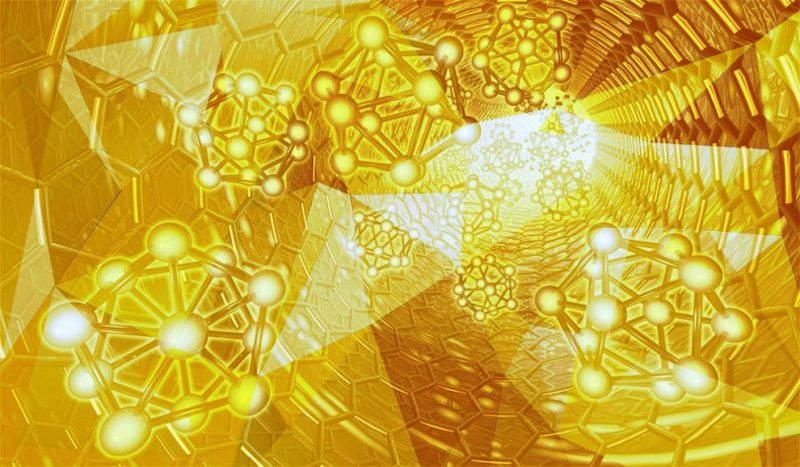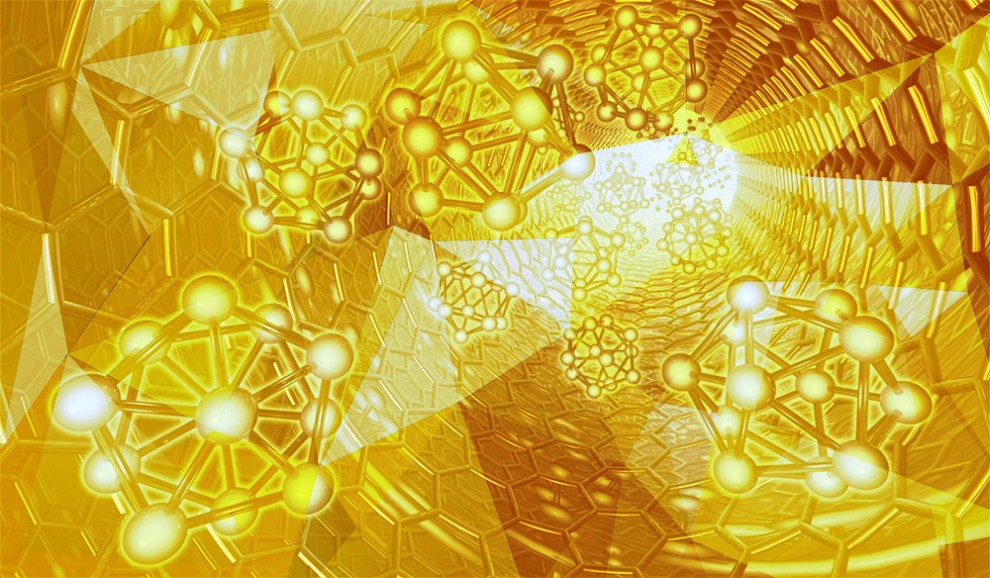Gold Crystal Nanoparticles are Made Using Light for the First Time


Researchers from the University of Florida have found out that by using gold in crystals grown by light they could create nanoparticles. This discovery has the potential of advancing the medical industry altogether – including cancer treatments, as well as the functionality of pharmaceuticals, medical equipment and solar panels.
Nanoparticles have the ability to be “grown” as crystals when a special process of light is used, also referred as the process of plasmon-driven synthesis. However, the researchers up till now had only slight control without the use of silver, but its use limits the usage in medical tech. The team was the first to use gold instead of silver successfully and with this process it does no harm to the human body.
David Wei, a professor of chemistry and the leader of the team, questions how exactly the light plays a role in the process of plasmon-synthesis as this was not well known up till now. Following the experiments he came to the conclusion that the key lays in gold.
Gold is very sought after material for nanotechnology because of its malleability, doesn’t react with oxygen and is a great heat conductor. These are the properties that make gold ideal for nanoparticles, especially when used in human body.
Polyvinylpyrrolidone (PVP) is a substance that is typically found in pharmaceuticals that are used with plasmon-driven synthesis, which enables researchers to control the growth of the crystal a lot more. Wei was surprised by PVP in his research because it showed the potential to efficiently transfer light-generated “hot” electrons on to the golden surface used for crystal growth.
The studies showed that the very first plasmonic synthesis strategy could have made higher yielded gold nanoprisms. What is also very exciting is that visible-range and low-power light could also be used with the synthesis process. Combining this with nanoparticles that are being used in solar photovoltaic devices it can help utilize solar energy that can be used for chemical synthesis in order to make nanomaterials.
Newly developed synthesis process has numerous potential applications in photochemistry and biomedicine, even more so in the targeted drug delivery system and photothermal therapeutics which are necessary to develop highly successful cancer treatment drugs.
The full study was published in Nature Materials journal.









